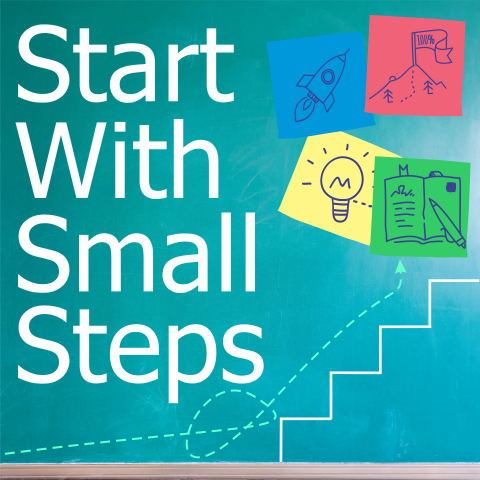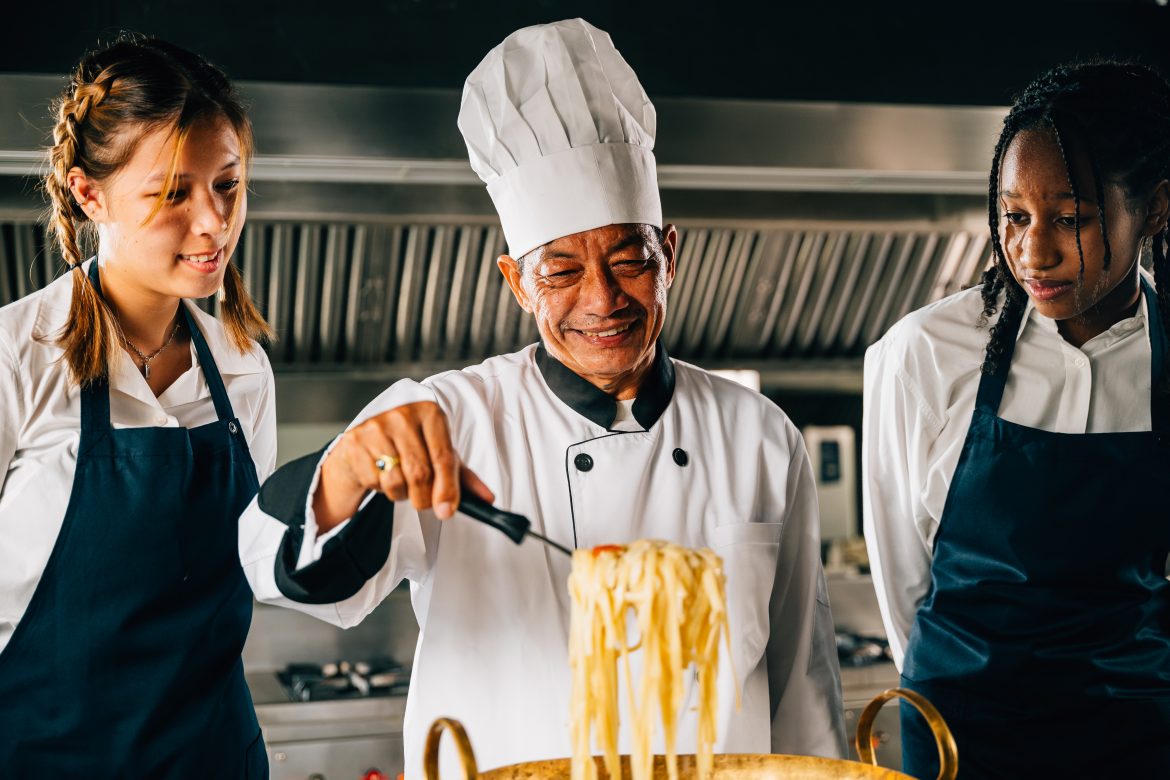In a world full of options, distractions, and uncertainty, many people find themselves asking a fundamental question: What should I be doing with my life? For those searching for meaningful direction, the Japanese concept of Ikigai offers a powerful and practical framework. In her reflection on Tim Tamashiro’s book How to Ikigai, podcast host Jill from “Start With Small Steps” shares a deeply personal and insightful journey toward discovering her own purpose. This blog unpacks the key ideas from that discussion and shows how you, too, can start finding your ikigai—one small step at a time.
What Is Ikigai?
Ikigai is a Japanese word that loosely translates to “a reason for being.” It’s the intersection of four essential elements:
- What you love
- What you’re good at
- What the world needs
- What you can be paid for
It’s not just about passion or practicality—it’s about balance. True ikigai happens when all four of these areas come together. According to Tamashiro, people often start with what they love and what they’re good at—the “half ikigai”—and then work toward fulfilling the rest.
The Real Struggles Behind Finding Purpose
Jill candidly shares her early career confusion—dreams of being an astronomer or meteorologist shattered by harsh job market realities. She even received a scholarship for actuarial science but found the subject matter—death statistics—too grim. These experiences are common: wanting one thing, but feeling forced to choose another due to practicality, fear, or societal pressure.
This is where many get stuck. They might be good at something but hate doing it. Or they love something but feel they’re not good enough to pursue it professionally. The fear of failure, financial instability, or judgment from others can be paralyzing.
Overcoming the Fear of Change
Tamashiro argues that the first step toward ikigai is deciding that you’re ready to change. Jill echoes this with her own story—she once loved technology as a hobby but found her job in tech exhausting and unfulfilling. It wasn’t until she slowly redirected her career toward training and healthcare IT, where she could combine her love of science, tech, and helping people, that she found her professional ikigai.
Change is uncomfortable, and that’s okay. It doesn’t mean you should avoid it. Tamashiro encourages viewing life as a series of experiments. Try small steps. Test ideas on weekends or evenings. Avoid massive, disruptive life changes—unless you’re fully ready.
Looking to Your Past for Clues
One practical exercise Jill recommends is looking back at your childhood passions. As children, our interests were more genuine, unfiltered by societal expectations or money. Whether it was stars, music, animals, or building things, those passions can hold important clues.
Jill’s childhood love of stars and science eventually guided her toward a science-adjacent field—healthcare IT—where she could thrive. Even her early experiences helping her father learn computers laid the groundwork for her talent in tech and teaching.
What Are You Already Good At?
Jill shares a helpful tip: Notice what people ask you to do. This can indicate natural talents. For example, she was frequently asked for tech help or to train others—clear signs of both skill and value. On the flip side, no one ever asked her to sew or write long documents, even though she enjoyed them. That’s another important truth—sometimes we love things we’re not especially good at.
Recognizing these patterns can guide you to where your natural gifts lie and where they can be most appreciated.
Growth Mindset and the Power of Learning
Tamashiro integrates ideas from psychologist Carol Dweck’s Growth Mindset theory, encouraging us to see ourselves as evolving. You’re not stuck. You can learn, adapt, and improve. Jill mentions how she improved her own writing by taking classes and collaborating with stronger writers. You don’t have to be perfect—you just need to be willing to grow.
The beauty of ikigai is that you can build it over time. It’s not an all-or-nothing journey. It’s okay to work a day job while nurturing your passion on the side.
Making Room for Purpose
Tamashiro recommends dividing your day into thirds:
- One-third for your current responsibilities
- One-third for rest
- One-third for discovering and building your ikigai
This simple suggestion acknowledges life’s realities while giving structure to purpose-driven change. Jill also shares ideas like weekend retreats or creating solitude to think deeply and explore your passions.
If you can’t afford a year-long sabbatical to explore your purpose, you can still carve out moments of intention—even a weekend camping trip or digital detox can offer clarity.
Your Ikigai Might Already Be Nearby
Sometimes, your ideal path is closer than you think. Jill didn’t need to change industries completely. She simply tilted her existing skills in a new direction. From tech support at Microsoft to health IT training, the shift wasn’t huge—but it was transformative.
That’s a key takeaway: You don’t always need to start over. You might just need to realign what you’re already doing.
Conclusion: Take the First Step
Ikigai is not a destination—it’s a process of alignment. It’s about connecting your inner passions with outer contribution. Jill’s story shows that even through confusion, detours, and false starts, you can eventually find a life filled with meaning, energy, and joy.
The most important step is the first one: choosing to explore. Whether it’s a hobby that lights you up, a childhood memory, or a compliment you often receive—follow that thread. Experiment. Reflect. Adjust. And keep going.
Because in the end, finding your ikigai isn’t just about success—it’s about waking up every day with a sense of purpose, and going to bed feeling like your life truly matters.

